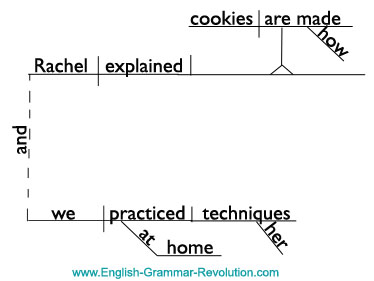 |
| Raphael in my kitchen! |
My two little boys are obsessed with Teenage Mutant Ninja Turtles. So obsessed, in fact, that my four-year-old's wardrobe consists almost entirely of Turtle attire, from underwear and socks to sweatshirts and hats. They play dress up as the Turtles and practice "saving" me from the Shredder. When they watch TV, they choose to watch the Turtles almost without fail. Since I grew up watching the original animated Turtles and live-action movies, I enjoy nostalgically watching these with them, and the newest animated series has a surprisingly well-written story line! As an adult, an educator, and a leader, I have been surprised by how many great leadership lessons are embedded in this children's show.
While Leonardo is the official leader of the Turtles, he has an amazing mentor in his sensei and "father," Master Splinter. This is a lesson, in and of itself! Even those in leadership positions must have mentors, people they can trust for counsel, leaders whose experiences can inform their own. Splinter offers his advice to the Turtles in nearly every episode and incarnation of the Teenage Mutant Ninja Turtles, even when he is separated from them physically and/or near death. Here are a few of my favorites!
"We choose what holds us back and what moves us forward."
Wise advice from Master Splinter! Too often, in education and in life, we get bogged down by the things we can't control--the government mandates, the standardized tests, teacher evaluations, student home life--that we forget to focus on the things we CAN control. We can control our attitudes toward teaching and toward our students. If we approach each day with the positive attitude that we intend to perform our best and that all students can learn, we are half way to making these things a reality from the start. We can control the environment we create in our classrooms. If we create a safe environment and encourage our students to take positive risks, we can make it easier for students to give us their best effort. We can also control our message to those around us. Too often, educators fear bragging too much about the amazing things they are doing in their classrooms and their schools. And sometimes, we feel there just isn't enough time to tell our stories. But we can choose to let the negative messages of education from media and politics hold us back, or we can choose to tell our stories, to make time for them, so that we can move the discussion of education forward in a positive direction."There is no place for excuses when you are the leader!"
In other words, be the model you want others to follow! Live and breathe the type of person you want all those who follow you to become; encourage them and guide them through example. If school climate is cloudy, what are you doing to bring in a ray of sunshine? If that new technology isn't be utilized, how are you modeling its use and integration? What training and support are you providing? If student attendance is abysmal. what are you doing to encourage students to WANT to be at school, and how are you encouraging others to do the same? Being a leader means that you are aware of issues and working proactively to solve them, not making excuses for why things aren't working.
"Leadership is not about being appreciated, it's about responsibility. It doesn't matter that the burden is heavy, it matters that you carry it."
This is key. Being a leader isn't easy. If you want to be a leader for the glory and the power, you're going about it all wrong--and you won't last. Being a leader is about the responsibility you have to those you lead and serve. In education, this is our students, teachers, and communities. Being an educational leader is hard work, because we do our best to alleviate the burdens of those we serve so that they can focus on the teaching and learning that is true purpose. If we are willing to take on the burden of leadership, and to truly serve and support those we lead, then we have the unique opportunity to make an enormous impact on those around us!
Where have you been surprised to find leadership lessons? And how do you apply them to being an educational leader? I'd love to hear your ideas!
 |
| Donatello is always ready to read and learn! |
Where have you been surprised to find leadership lessons? And how do you apply them to being an educational leader? I'd love to hear your ideas!






